I used to be that kid who'd strategically push the ampalaya to the side of my plate whenever Mama served Pinakbet Tagalog. 'Ay nako, kain ng gulay!' she'd say. But I'd stubbornly pick out just the kalabasa (squash) and liempo.
Fast forward twenty years, and here I am, cooking this classic Filipino vegetable stew at least twice a month, honestly craving those same vegetables I once avoided.
This Pinakbet recipe isn't just another vegetable dish, it's a beautiful medley of fresh, colorful local veggies transformed by the magic of bagoong alamang into something that'll make you forget you're eating something healthy.
If this recipe could convert this former veggie-hating kid into someone who now gets excited seeing ampalaya and talong in the market, then this might just be the pinakbet version that'll change your mind, too!
Jump to:
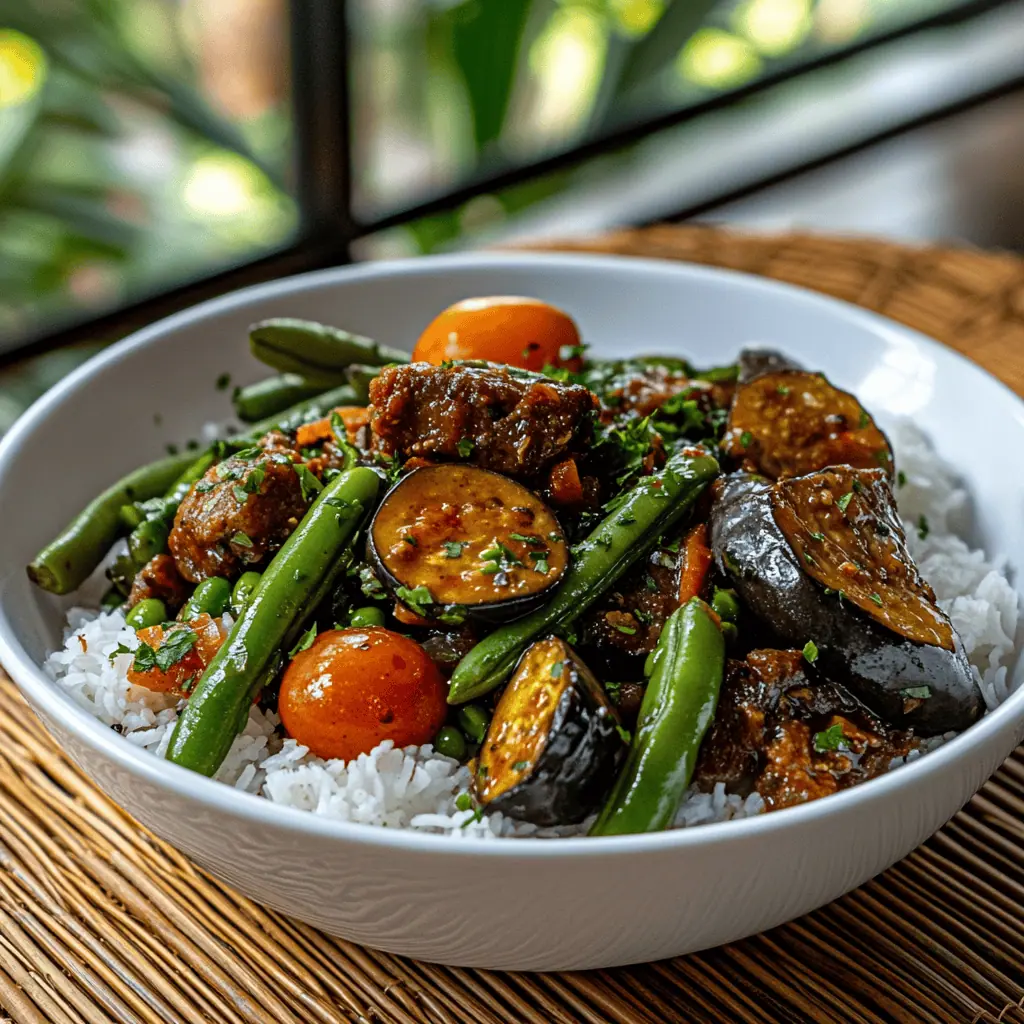
Why You'll Love This Recipe
- Authentic Filipino flavors passed down through generations
- One-pot meal packed with nutritious vegetables
- Budget-friendly yet delivers restaurant-quality taste
- Perfectly balanced sweet, savory, and umami flavors
- Customizable to your taste preferences
- Great for meal prep and family gatherings
Ingredients
Each ingredient in Pinakbet Tagalog serves a specific purpose in creating the perfect balance of flavors and textures. The pork belly provides rich, savory fat that infuses the entire dish, while bagoong alamang delivers deep umami notes.
Kalabasa adds natural sweetness to balance the bitter ampalaya, which brings complexity and traditional character. Talong absorbs flavors beautifully, sitaw adds pleasant crunch, and okra naturally thickens the sauce.
Together, these ingredients create a colorful, nutritious dish that represents Filipino ingenuity in combining available seasonal vegetables with preserved proteins to create something delicious.

- 500g pork belly (liempo), cut into 1-inch cubes
- 1 medium kalabasa (squash/pumpkin), cut into 2-inch chunks
- 2 medium talong (eggplants), cut diagonally
- 1 bundle sitaw (yard-long beans), cut into 3-inch lengths
- 1 medium ampalaya (bitter gourd), seeded and sliced
- 8-10 pieces okra, trimmed
- 3 medium kamatis (tomatoes), quartered
- 1 medium sibuyas (onion), chopped
- 4 cloves bawang (garlic), minced
- 2 tablespoons bagoong alamang (shrimp paste)
- 2 cups water
- 3 tablespoons cooking oil
- Salt and pepper to taste
Equipment
- Large Kawali or Dutch Oven: The traditional Filipino wok provides the ideal shape and heat distribution for pinakbet. A Dutch oven makes an excellent alternative.
- Sharp Chef's Knife: Essential for properly cutting the variety of vegetables to ensure even cooking.
- Cutting Board: Preferably with juice grooves to catch tomato juices.
- Measuring Spoons and Cups: For accurate seasoning and liquid measurements.
- Wooden Spoon: Allows for gentle stirring without breaking the vegetables.
- Colander: Useful for washing and draining vegetables before cooking.
- Vegetable Peeler: For removing squash and bitter gourd skin as needed.
- Kitchen Timer: Helps track the staggered cooking times for different vegetables.
- Airtight Containers: For storing leftovers properly.
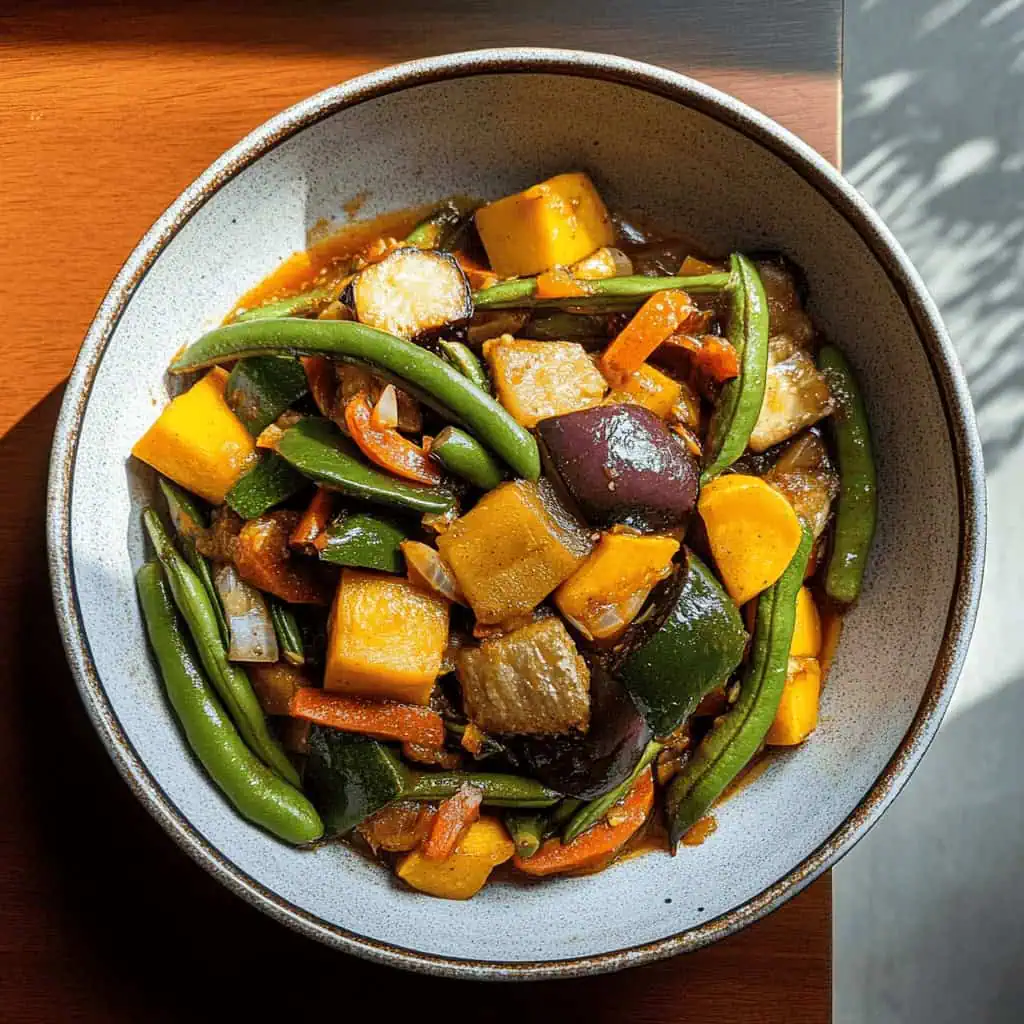
How To Make
- Prepare Your Base: Heat your kawali or large pot over medium heat (180°C/350°F). Pour mantika (cooking oil) and wait until it becomes hot but not smoking. Igisa ang bawang (sauté the minced garlic) until it turns light golden brown and releases its aroma, about 30 seconds. Add the chopped sibuyas (onions) and continue cooking until they become malinaw (translucent), about 2-3 minutes.
- Brown the Meat: Add the cubed liempo (pork belly) to the pan and increase the heat to medium-high (190°C/375°F). Cook until it becomes lightly browned or kulay-kayumanggi on all sides, about 5-7 minutes. Stir occasionally to ensure even cooking. Add the bagoong alamang (shrimp paste) to the pork and mix well, allowing it to cook for 2 more minutes to enhance its flavor.
- Build the Sauce: Add the quartered kamatis (tomatoes) and reduce heat to medium (180°C/350°F). Allow the tomatoes to soften and release their juice or magbuga ng katas, cooking for about 3-4 minutes. Pour the tubig (water) into the pot and bring to a gentle boil. Once boiling, lower the heat (150°C/300°F), cover the pot, and simmer until the pork becomes malambot (tender), approximately 15-20 minutes.
- Layer the Vegetables: Now begins the careful process of adding your gulay (vegetables) in stages:
- First, add the chunks of kalabasa (squash) and cook for 5 minutes at medium-low heat (160°C/320°F)
- Next, add the cut sitaw (long beans) and continue cooking for 3 minutes
- Add your sliced talong (eggplant) and ampalaya (bitter gourd) and cook for another 3 minutes
- Finally, add the okra and let everything cook together for 2-3 more minutes
- Season and Finish: Timplahan ng asin at paminta (season with salt and pepper) according to your taste. Haluing maingat (gently stir) all the ingredients to combine the flavors while being careful not to break the vegetables. The vegetables should be malutong-malambot (tender-crisp) when done. Your pinakbet is ready when the sauce has slightly reduced but remains sabaw (saucy), the vegetables maintain their shape, and the pork is fork-tender.
- Rest and Serve: Let the dish rest for 5 minutes before serving. This allows the flavors to settle and the sauce to thicken slightly. Serve your pinakbet hot with mainit na kanin (steaming rice). For the best experience, place a small bowl of patis (fish sauce) on the table to allow each person to adjust the saltiness to their preference.

Tips from Lola's Kitchen
- Vegetable Selection: Choose small, young eggplants (the slim purple variety) for better texture and fewer seeds. Look for vibrant green ampalaya without yellow spots.
- Bitter Melon Prep: To reduce bitterness, soak sliced ampalaya in salted water for 15-20 minutes, then rinse thoroughly before cooking.
- Cooking Order Matters: The staggered addition of vegetables ensures each one achieves the perfect texture. Never add all vegetables at once.
- Shrimp Paste Technique: For deeper umami flavor, toast the bagoong alamang in a separate pan for 2-3 minutes before adding to the dish.
- Perfect Texture: A true pinakbet has vegetables that are tender-crisp, not mushy. They should hold their shape while being easily pierced with a fork.
- Resting Period: Allow the pinakbet to rest covered for 5-10 minutes after cooking. This allows flavors to fully develop and marry together.
- Kalabasa Cooking: Cut squash pieces slightly larger than other vegetables as they tend to soften more quickly.
- Authentic Flavor Boost: Add 1-2 pieces of small native siling labuyo (bird's eye chili) for a subtle heat that enhances other flavors.
- Fresh Ingredients: This dish truly shines with fresh, not frozen vegetables. Try to source from local markets for best results.
- Aromatics Base: Take time to properly sauté the garlic and onions until fragrant—this builds the foundation for the entire dish.
Substitutions
- Protein Options: Replace pork belly with:
- Shrimp (add in the last 5 minutes of cooking)
- Firm tofu, pan-fried before adding
- Crispy bagnet or lechon kawali (add at the very end)
- Chicken thighs (adjust cooking time to ensure thorough cooking)
- Vegetable Alternatives:
- Kalabasa → Butternut squash or kabocha
- Ampalaya → Zucchini (for less bitterness)
- Sitaw → Green beans or snap peas
- Talong → Bell peppers or zucchini
- Okra → Add more eggplant or use string beans
- Seasoning Adjustments:
- Bagoong alamang → Fish sauce (patis) plus 1 teaspoon miso paste for depth
- For less fishy flavor → Reduce bagoong to 1 tablespoon and add 1 tablespoon of oyster sauce
- For vegetarian version → Use mushroom-based vegetarian fish sauce or soy sauce with seaweed
- Oil Options:
- Canola oil → Coconut oil for traditional flavor
- Vegetable oil → Lard for richer traditional flavor
- Olive oil → Not traditional but works for health-conscious cooks
Troubleshooting
Too Watery
- Problem: Sauce is too thin and lacks concentration.
- Solution: Remove lid and simmer on medium-low for 5-10 minutes to reduce excess liquid. Ensure you're not overcrowding the pot, which can release too much moisture.
Bitter Taste
- Problem: Ampalaya dominates the flavor profile.
- Solution: Reduce amount of bitter melon or pre-soak in salt water for 30 minutes instead of 15. Make sure to remove all seeds and white pith. Balance with a teaspoon of sugar if needed.
Vegetables Too Soft
- Problem: Vegetables have lost their texture and structure.
- Solution: Follow the suggested order of adding vegetables strictly. Monitor cooking time closely and don't be afraid to reduce suggested times if your stove runs hot. Cook with the lid off for firmer vegetables.
Too Salty
- Problem: Overwhelming saltiness from bagoong.
- Solution: Add 1-2 cups more water and a bit more squash to absorb saltiness. Next time, start with 1 tablespoon of bagoong and adjust to taste.
Pork Not Tender
- Problem: Meat remains tough despite cooking.
- Solution: Extend the simmering time (step 3) by 10-15 minutes before adding vegetables. Using smaller cubes of meat also helps ensure tenderness.
Fishy Aroma
- Problem: Strong fishy smell from the bagoong alamang.
- Solution: Toast bagoong in a separate pan before adding to dish. Add more tomatoes and a squeeze of calamansi juice to balance the aroma.
Storage & Reheating
Refrigeration
- Cool completely within 2 hours of cooking
- Store in airtight glass containers
- Keeps well for up to 3 days
- Flavors often improve after 24 hours as they continue to develop
Freezing (Not Ideal)
- Not recommended for optimal texture
- If necessary, freeze sauce and meat portion only
- Add fresh vegetables when reheating
Reheating Methods
Stovetop (Preferred Method):
- Place in pan over medium-low heat
- Add 2-3 tablespoons of water
- Cover and heat for 5-7 minutes, stirring occasionally
- Heat until internal temperature reaches 165°F (74°C)
Microwave (Quick Method):
- Place in microwave-safe container
- Cover with microwave-safe lid, leaving slight vent
- Heat on medium power (70%) for 2-3 minutes
- Stir and check temperature
- Heat in additional 30-second intervals if needed
Tips for Reheated Pinakbet:
- Add fresh sliced tomatoes when reheating to refresh flavors
- A dash of fish sauce can revitalize dulled flavors
- Garnish with fresh cilantro or scallions after reheating
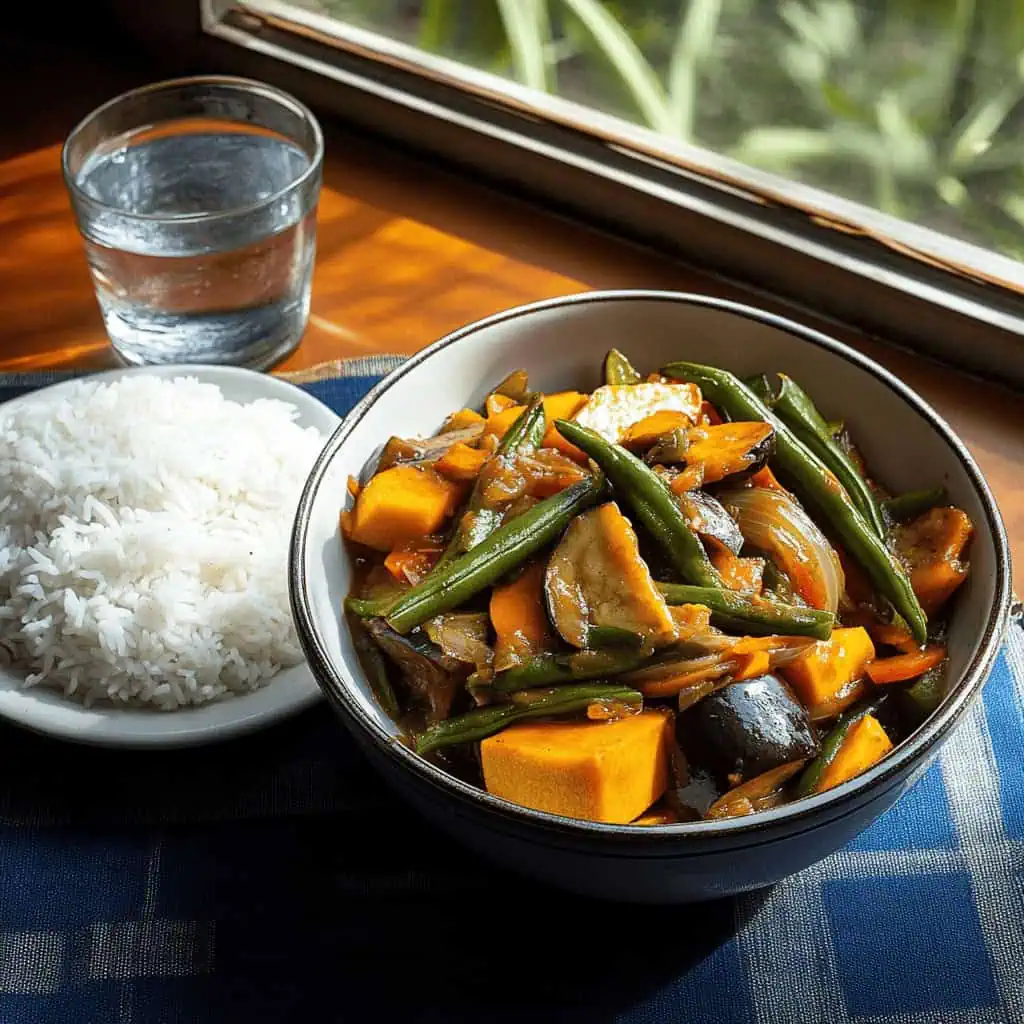
FAQ
Can I make this dish vegetarian?
Absolutely! Replace pork with firm tofu or tempeh, and use mushroom-based vegetarian fish sauce or soy sauce with a bit of seaweed (nori) for the umami flavor that bagoong typically provides. Add 1 tablespoon of miso paste for depth.
How do I reduce the fishy taste of shrimp paste?
Toast the bagoong alamang in a separate pan for 2-3 minutes before adding it to your pinakbet. Adding more tomatoes also helps balance the flavor, as does a squeeze of calamansi or lemon juice at the end of cooking.
Can I use frozen vegetables for this recipe?
Fresh vegetables provide the best texture and flavor for pinakbet. If you must use frozen, thaw and drain thoroughly before adding, reduce cooking times by about 30%, and expect a softer texture in the final dish.
Is this dish spicy?
Traditional pinakbet is mild, but you can adjust the heat level by adding siling labuyo (bird's eye chilies) during cooking or serving with fresh chilies on the side. The warmth comes from the complex flavors rather than heat.
What's the best way to eat pinakbet?
The traditional Filipino way is to serve it with steaming white rice. Use a fork to gently mash some of the squash into the rice, then take a bit of vegetable and pork with each bite. Some people add a dash of fish sauce or a squeeze of calamansi at the table.
How do I know when the vegetables are perfectly cooked?
Perfect pinakbet vegetables should be tender-crisp—easily pierced with a fork but still holding their shape. They should not be mushy or falling apart. The colors should remain vibrant rather than dull.
Can I add other vegetables that aren't in the traditional recipe?
While purists might object, modern versions often include additional vegetables like sayote (chayote), patola (sponge gourd), or even carrots. Just make sure to add them at the appropriate time based on their cooking requirements.
Does pinakbet taste better the next day?
Many Filipino cooks believe that pinakbet tastes even better after sitting overnight, as the flavors have time to fully meld together. Just be aware that the vegetables will soften slightly upon reheating.
Can I make this in a slow cooker?
Yes, but with modifications. Brown the meat and aromatics first, then transfer to a slow cooker with the bagoong and tomatoes. Cook on low for 4 hours, then add vegetables in the proper sequence during the last 30-45 minutes to prevent them from becoming too soft.
What makes Tagalog-style pinakbet different from Ilocano pinakbet?
Tagalog-style includes squash (kalabasa) and uses shrimp paste (bagoong alamang), creating a sweeter, more rounded flavor profile. Ilocano style uses fish paste (bagoong isda), skips the squash, and often has a more pronounced fermented flavor.
Related
Looking for other recipes like this? Try these:

Authentic Pinakbet Tagalog (Filipino Vegetable Stew)
Ingredients
- 500 g pork belly liempo, cut into 1-inch cubes
- 1 medium kalabasa squash/pumpkin, cut into 2-inch chunks
- 2 medium talong eggplants, cut diagonally
- 1 bundle sitaw yard-long beans, cut into 3-inch lengths
- 1 medium ampalaya bitter gourd, seeded and sliced
- 8-10 pieces okra trimmed
- 3 medium kamatis tomatoes, quartered
- 1 medium sibuyas onion, chopped
- 4 cloves bawang garlic, minced
- 2 tablespoons bagoong alamang shrimp paste
- 2 cups water
- 3 tablespoons cooking oil
- Salt and pepper to taste
Instructions
- Heat your kawali or large pot over medium heat (180°C/350°F). Pour mantika (cooking oil) and wait until it becomes hot but not smoking. Igisa ang bawang (sauté the minced garlic) until it turns light golden brown and releases its aroma, this should take about 30 seconds. Add the chopped sibuyas (onions) into the pan and continue cooking until they become malinaw (translucent), which takes about 2-3 minutes.
- Add the cubed liempo (pork belly) to the pan and increase the heat to medium-high (190°C/375°F). Let the meat cook until it becomes lightly browned or kulay-kayumanggi on all sides, this will take around 5-7 minutes. Stir occasionally to ensure even cooking. Add the bagoong alamang (shrimp paste) to the pork and mix well, allowing it to cook for 2 more minutes to enhance its flavor.
- Add the quartered kamatis (tomatoes) to the pan and reduce heat back to medium (180°C/350°F). Allow the tomatoes to soften and release their juice or magbuga ng katas, cooking them for about 3-4 minutes. Pour the tubig (water) into the pot and wait for it to reach a gentle boil. Once boiling, lower the heat (150°C/300°F), cover the pot, and let it simmer until the pork becomes malambot (tender), which should take approximately 15-20 minutes.
- Now begins the careful process of adding your gulay (vegetables). First, add the chunks of kalabasa (squash) to the pot and let them cook for 5 minutes at medium-low heat (160°C/320°F). Next, add the cut sitaw (long beans) and continue cooking for 3 minutes. Add your sliced talong (eggplant) and ampalaya (bitter gourd) to the pot and cook for another 3 minutes. Finally, add the okra and let everything cook together for 2-3 more minutes.
- Timplahan ng asin at paminta (season with salt and pepper) according to your taste. Haluing maingat (gently stir) all the ingredients to combine the flavors while being careful not to break the vegetables. The vegetables should be malutong-malambot (tender-crisp) when done. Your pinakbet is ready when the sauce has slightly reduced but remains sabaw (saucy), the vegetables are cooked but still hold their shape, and the pork is fork-tender.
- Let the dish rest for 5 minutes before serving. This allows the flavors to settle and the sauce to thicken slightly. Serve your pinakbet hot with mainit na kanin (steaming rice). For the best experience, place a small bowl of patis (fish sauce) on the table to allow each person to adjust the saltiness to their preference.
- For storing any leftovers, let the pinakbet cool completely to room temperature or malamig-lamig. Transfer to a lalagyang hindi papasukan ng hangin (airtight container) and keep in the refrigerator. When reheating, add a splash of tubig (water) and warm gently over medium heat until the dish is mainit (hot) throughout, usually taking about 5-7 minutes. Avoid overheating to prevent the vegetables from becoming too soft or malambot.
Tips from Lola's Kitchen
- Choose small, young eggplants for better texture and less seeds
- Soak bitter melon in salted water for 15 minutes to reduce bitterness
- Cook vegetables just until tender-crisp to retain nutrients and texture
- Use native tomatoes for more authentic flavor
- Toast shrimp paste before adding for deeper umami flavor
Nutrition
The Story Behind Pinakbet Tagalog (Filipino Vegetable Stew)
When we talk about Pinakbet (also spelled pinakbet or pakbet), we're actually telling the story of Filipino resourcefulness and regional adaptation. The dish's name comes from the Ilocano word "pinakebbet," meaning "shrunk" or "shriveled" - a reference to how the vegetables reduce during the cooking process. But don't let that humble description fool you; this dish is a masterpiece of Filipino culinary ingenuity.
Born in the fertile fields of Ilocos, traditional Pinakbet was the farmers' way of celebrating their harvest, combining the freshest vegetables with bagoong isda (fermented fish paste). As the recipe traveled south to Tagalog regions, it underwent a delicious transformation. Bagoong alamang (shrimp paste) replaced the fishier bagoong isda, and the addition of kalabasa (squash) brought a subtle sweetness that balanced the dish's robust flavors. This Tagalog adaptation made the dish more approachable while maintaining its soul-satisfying essence.
What makes Pinakbet Tagalog truly special is how it reflects the Filipino value of "walang sinasayang" (nothing goes to waste). Every vegetable plays its part - the ampalaya brings a sophisticated bitterness, talong adds creaminess, sitaw provides texture, and okra thickens the sauce naturally. The addition of liempo (pork belly) in this version isn't just for flavor; it represents how Tagalog cooks adapted the dish for their region's preference for heartier meals.
Today, Pinakbet Tagalog stands as a testament to Filipino cuisine's evolution. While purists might argue about authenticity, this version has become a beloved everyday dish in Filipino homes, teaching new generations that healthy eating doesn't mean sacrificing flavor. Whether served in humble kitchen tables or featured in modern Filipino restaurants, Pinakbet continues to tell the story of our agricultural heritage while adapting to contemporary tastes.
Want another fun fact? Many Filipino households have their own "secret" Pinakbet recipe, passed down through generations, each with its own special twist. Some add gata (coconut milk) for richness, others swear by specific vegetable-cutting techniques, and a few even add their own regional ingredients. That's the beauty of Filipino cooking - there's always room for personal interpretation while respecting the dish's essence.
Remember: Perfect Pinakbet Tagalog isn't just about the combination of vegetables—it's about cooking each ingredient to the right degree of tenderness while allowing the bagoong alamang to infuse everything with its rich, savory essence.
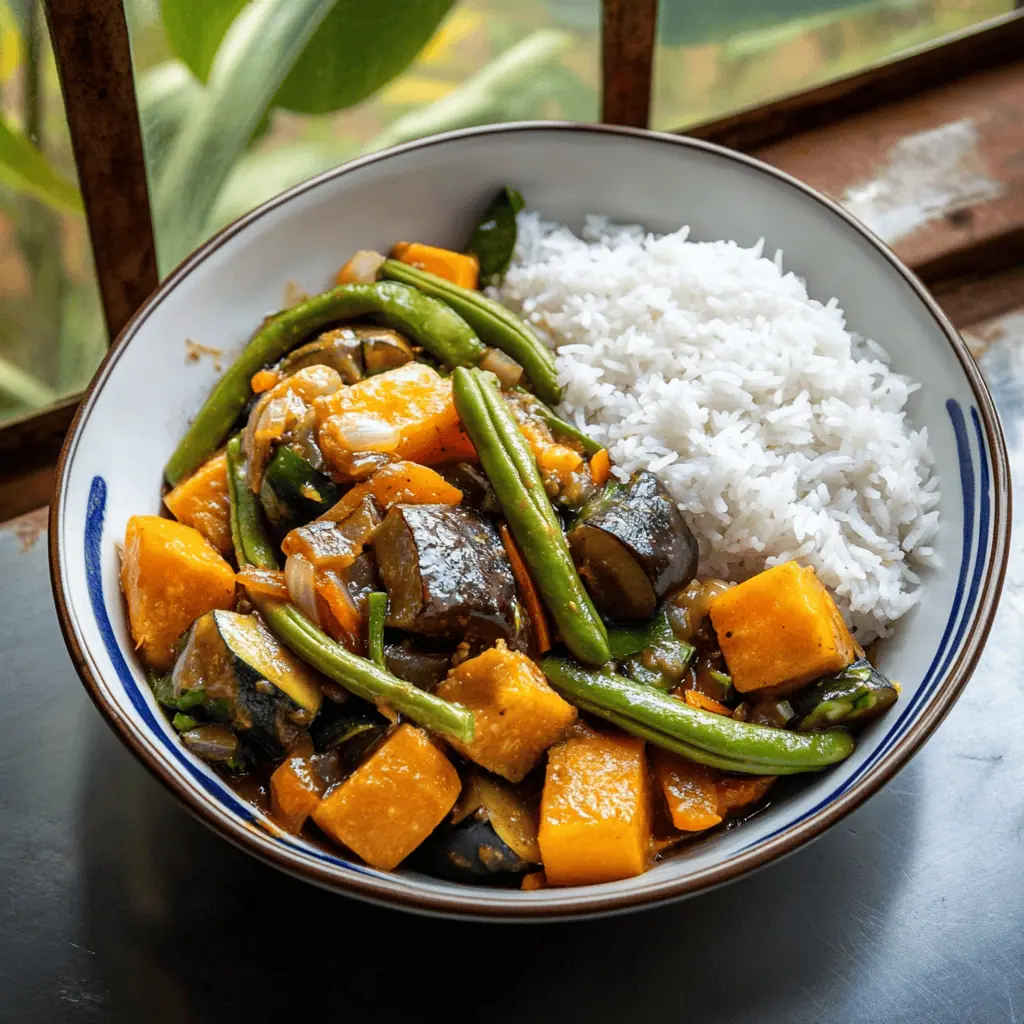


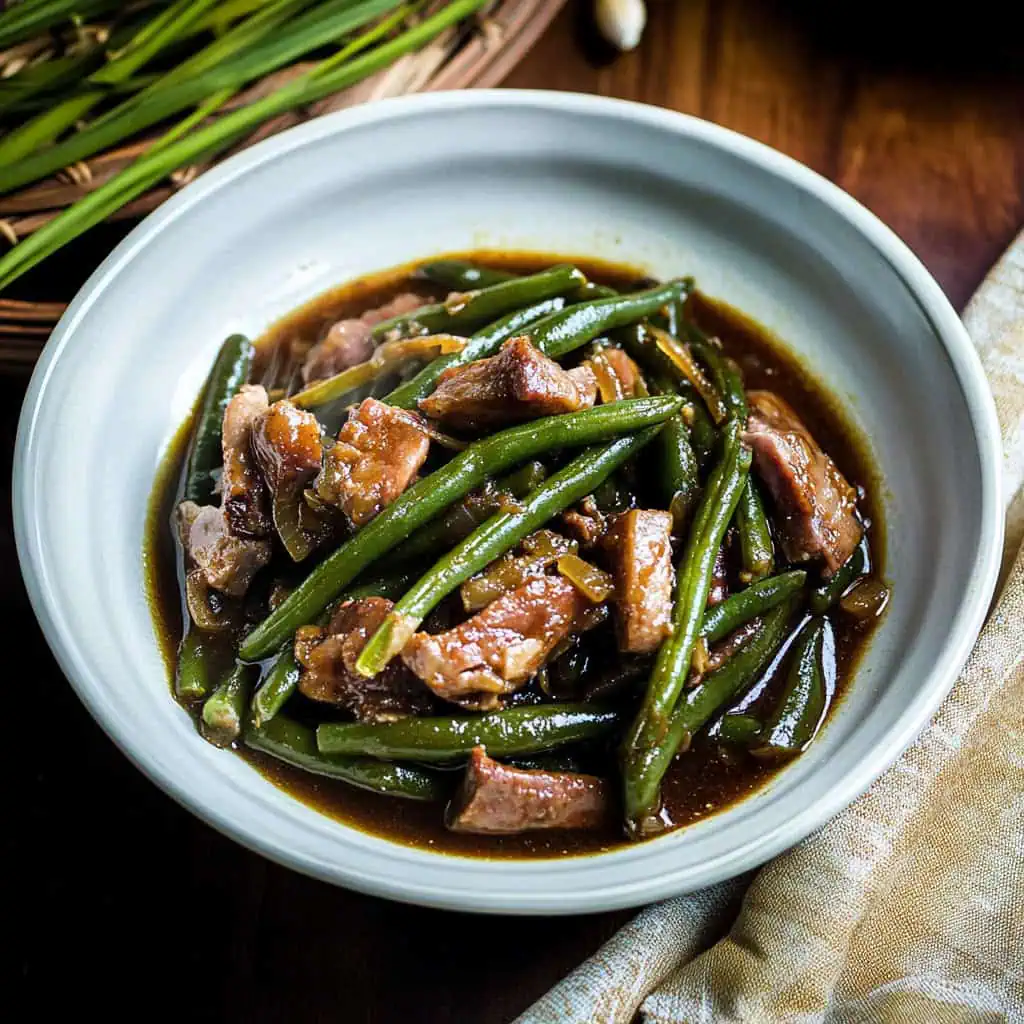

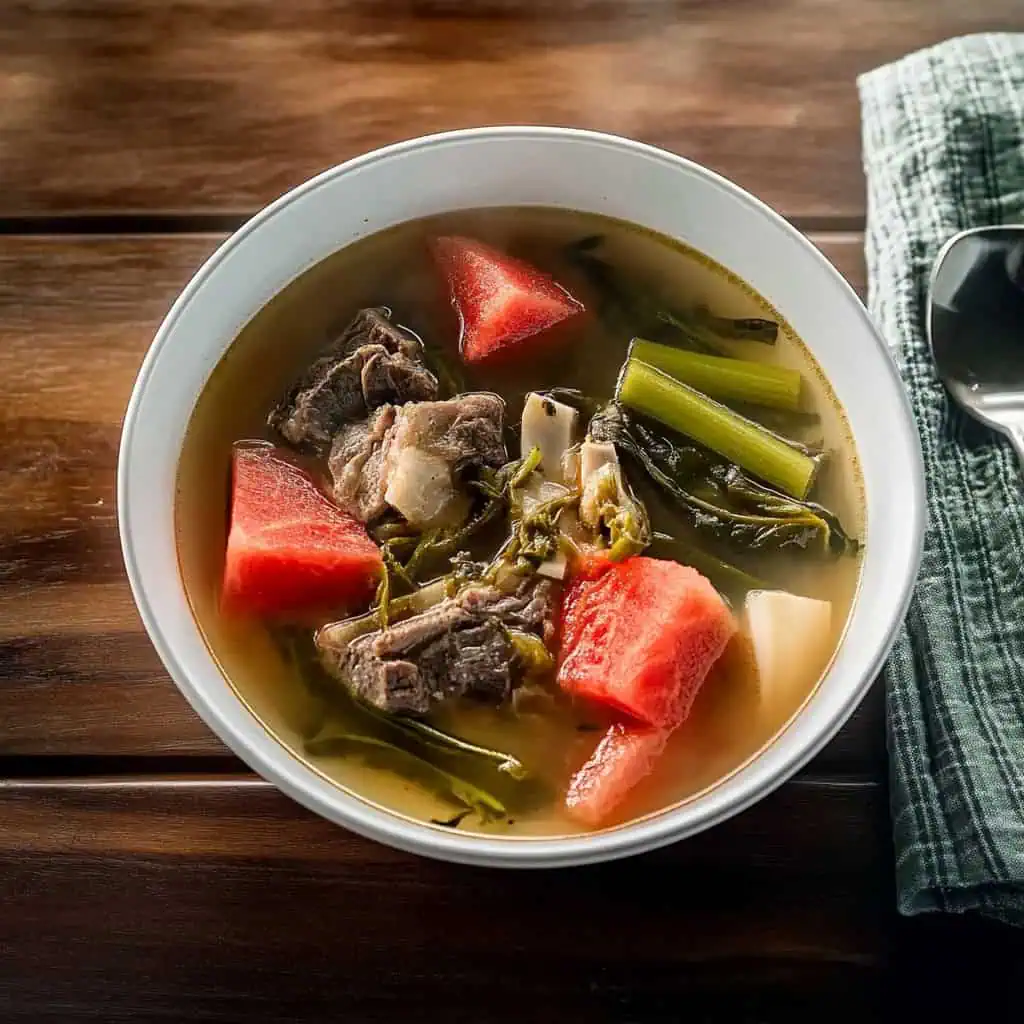
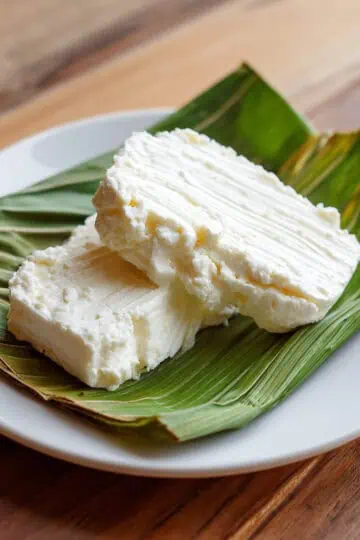



Comments
No Comments